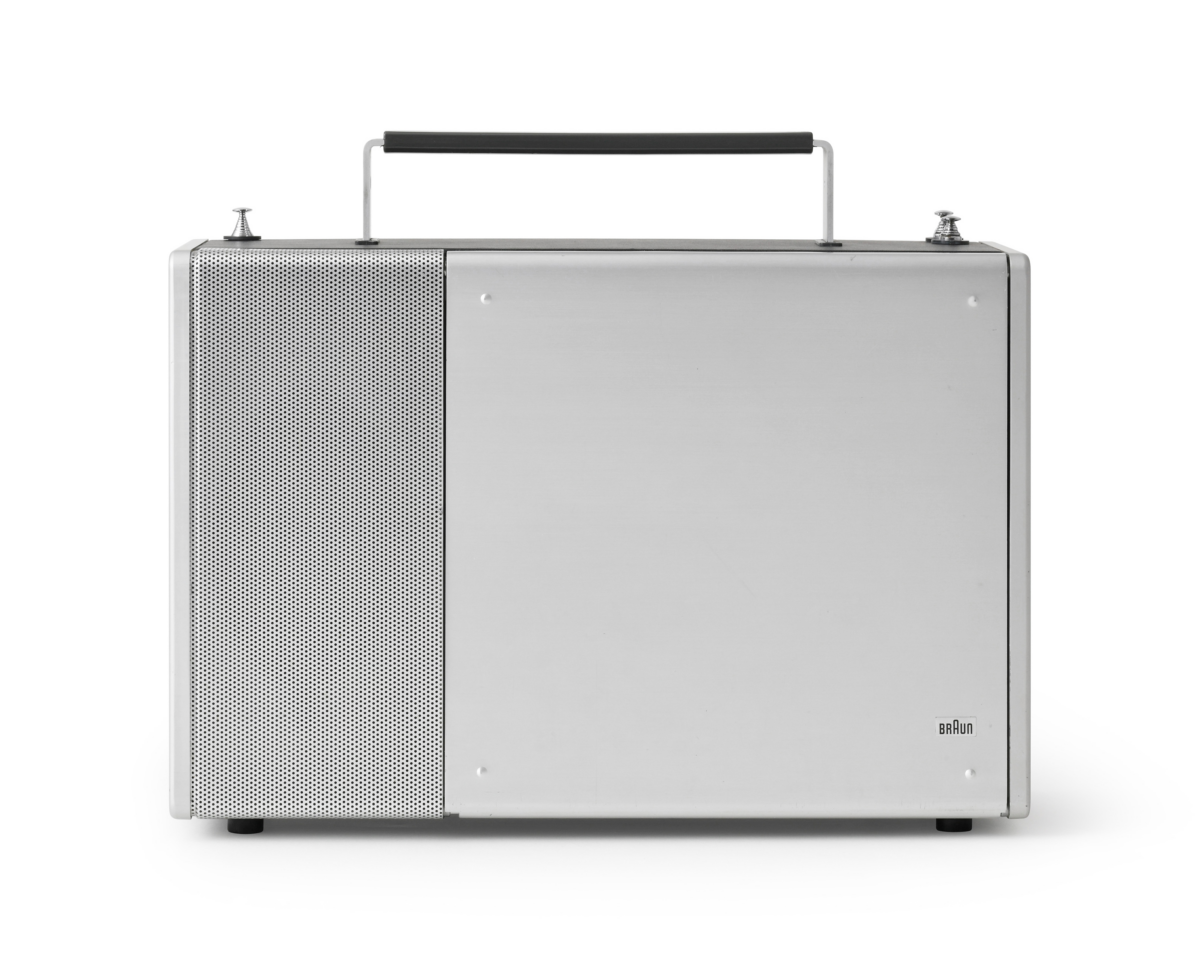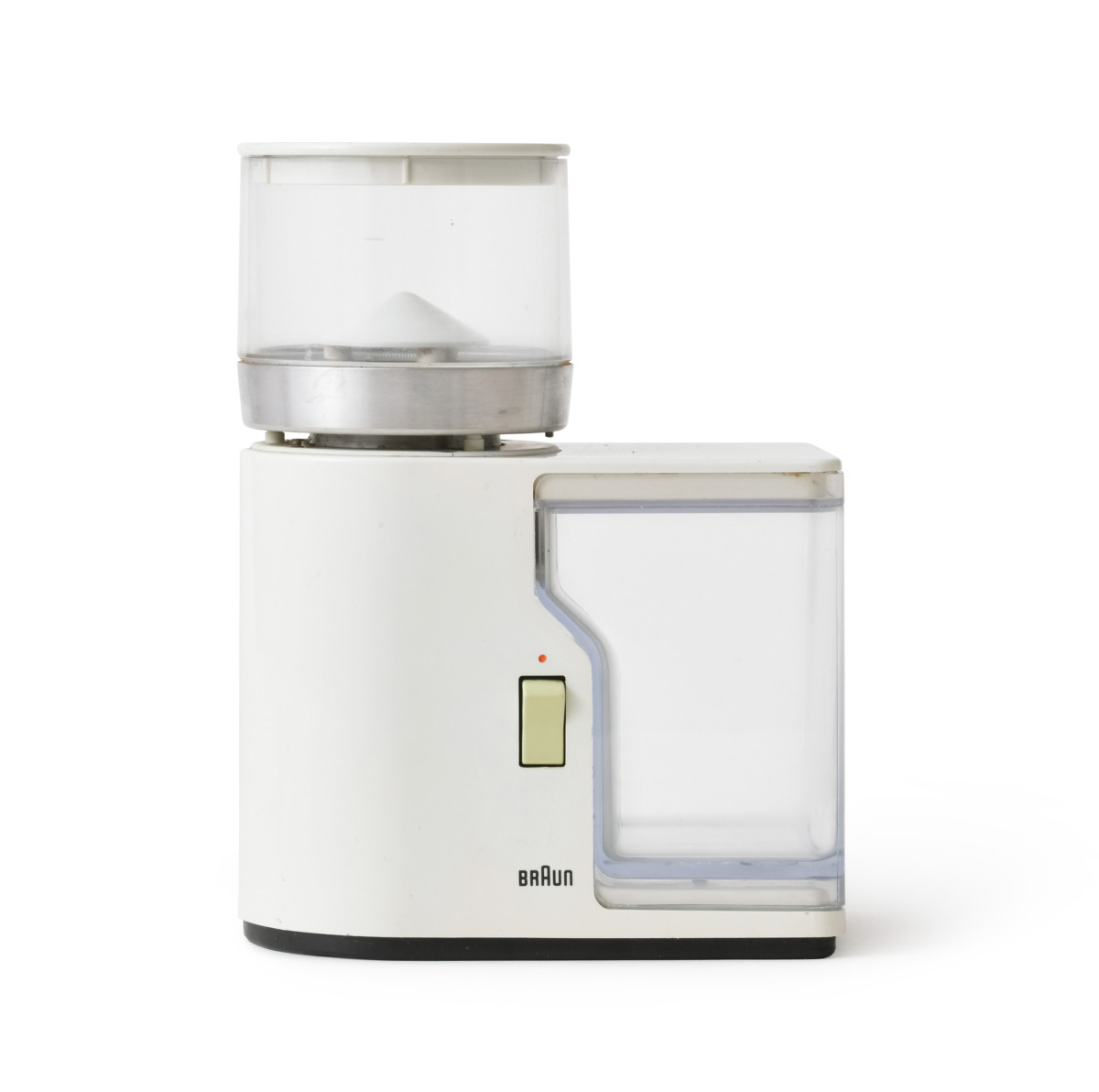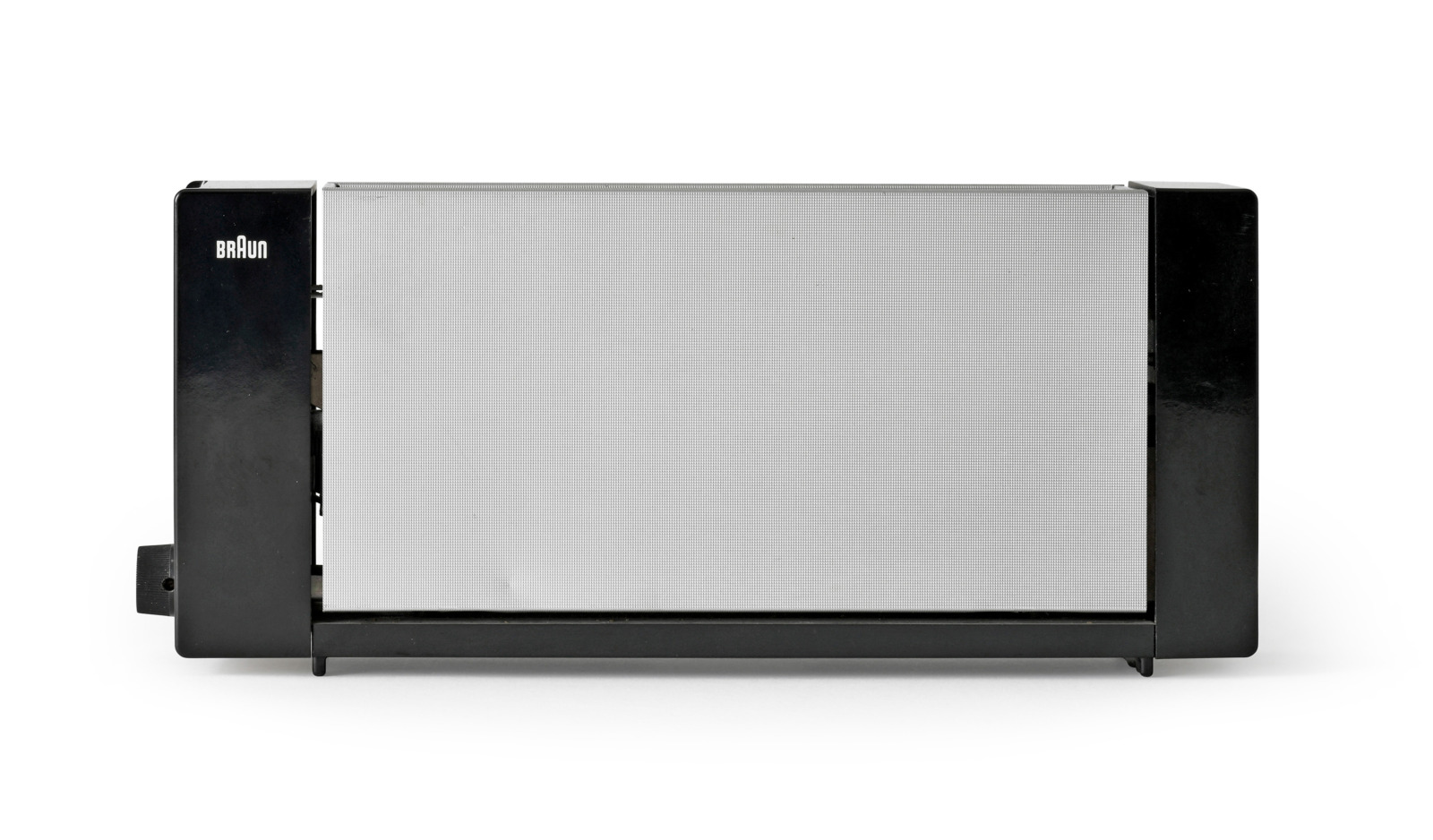The Werkbund company Braun was the first company in Germany to develop a comprehensive corporate identity (CI):
The design of the products, the appearance at trade fairs, the advertising on the market and the communication with the customers followed a uniform concept, coordinated in all details, with which the company had worldwide success.
This concept, known as the Braun idea, was developed step by step from 1954 onwards by Fritz Eichler in collaboration with various designers. Not trained as a designer himself, but as an art historian, he headed the company’s design division until 1972, although in this capacity he worked more in the background. By reflecting, formulating and communicating the company’s projects, Eichler, together with the two company owners Artur and Erwin Braun, formed the ideal trinity of artist, technician and businessman that Friedrich Naumann, one of the initiators of the Deutscher Werkbund, had conjured up as early as 1906. Fritz Eichler was thus responsible for integrating design as an equal factor in the company’s production and sales process.
On the occasion of Braun’s 100th anniversary, the exhibition outlines the most important aspects and strategies of the Braun idea, which not only enabled the company to establish itself as a clearly profiled brand personality, but also incorporated the internal corporate culture. This was also the reason why, despite its size, the company was able to be run as a family business until its sale (1967).
The exhibition is essentially based on the holdings of the Werkbundarchiv – Museum der Dinge.
Exhibition views





